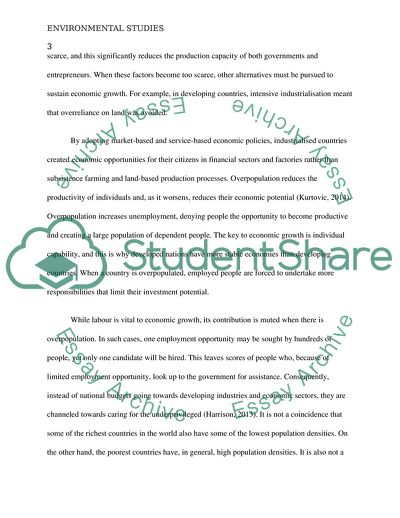Cite this document
(Threats to Sustainable Development Coursework Example | Topics and Well Written Essays - 1500 words, n.d.)
Threats to Sustainable Development Coursework Example | Topics and Well Written Essays - 1500 words. https://studentshare.org/environmental-studies/1877877-threats-to-sustainable-development
Threats to Sustainable Development Coursework Example | Topics and Well Written Essays - 1500 words. https://studentshare.org/environmental-studies/1877877-threats-to-sustainable-development
(Threats to Sustainable Development Coursework Example | Topics and Well Written Essays - 1500 Words)
Threats to Sustainable Development Coursework Example | Topics and Well Written Essays - 1500 Words. https://studentshare.org/environmental-studies/1877877-threats-to-sustainable-development.
Threats to Sustainable Development Coursework Example | Topics and Well Written Essays - 1500 Words. https://studentshare.org/environmental-studies/1877877-threats-to-sustainable-development.
“Threats to Sustainable Development Coursework Example | Topics and Well Written Essays - 1500 Words”. https://studentshare.org/environmental-studies/1877877-threats-to-sustainable-development.


